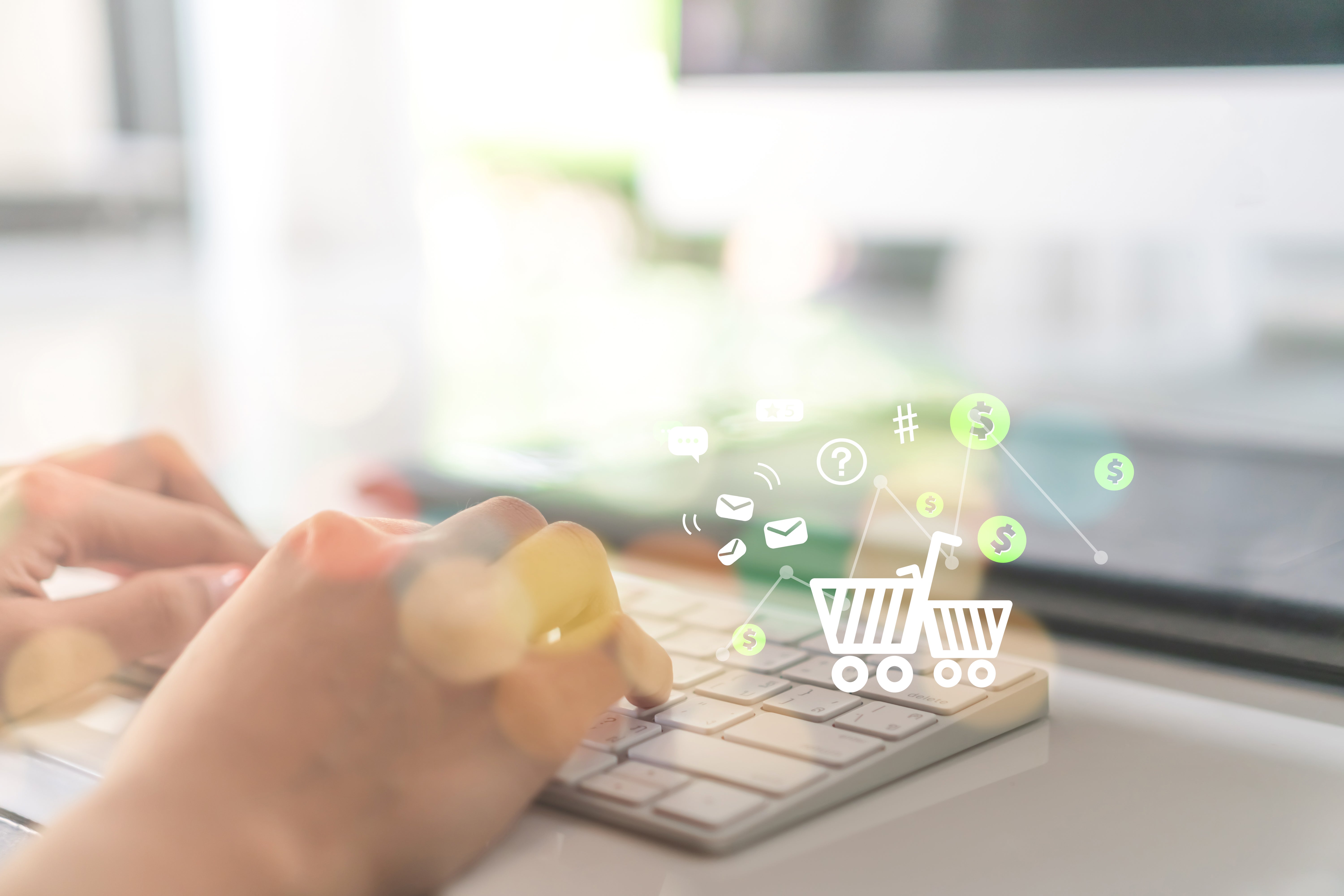Listen to your B2B e-commerce buyers – or risk losing them
THE ARTICLES ON THESE PAGES ARE PRODUCED BY BUSINESS REPORTER, WHICH TAKES SOLE RESPONSIBILITY FOR THE CONTENTS

Sana Commerce is a Business Reporter client
A survey of B2B buyers has found that many webstores are failing on even the most basic of functionalities.
As B2B buyers turn to e-commerce for more of their purchasing needs, many are left frustrated by their online experience. At Sana Commerce, we recently surveyed over 1,200 B2B buyers across seven countries, most of which said that today’s e-commerce sites are not meeting their needs. In fact, 50 per cent said B2B webstores were not fully meeting their expectations, while 94 per cent encounter some type of customer experience (CX) challenge.
These CX expectations are increasingly being driven by demographic and behavioural changes of the B2B buyers themselves. Younger generations are demanding quicker, more convenient, omnichannel and highly personalised buying experiences – often drawing comparisons with their B2C shopping experiences. So where do B2B buyers find e-commerce sites falling short of CX expectations, and how can you ensure that your online offering is ticking all the right boxes?
Putting speed and reliability at the heart
B2B buyers expect a quick and easy purchasing process, with product information and inventory levels accurately reflected on your webstore, and personalised pricing (as set out by their contract terms) displayed in the appropriate currency. Yet 27 per cent of those surveyed complained about incomplete or inaccurate information on webstores, while 22 per cent were left frustrated by unclear or inaccurate pricing information. To ensure you’re providing correct and up-to-date information to your buyers, your webstore should be integrated with your enterprise resource planning (ERP) or product information management (PIM) system. Any changes in your back-end systems will be reflected on your webstore in real-time.
Help your customers find the right product
B2B products are typically much more complex and often customisable, so providing accurate and detailed information is key to help your buyer find the products they need. When you consider a machine part, for example, even a slight size difference could mean the product isn’t fit for purpose. Yet 32 per cent of the B2B buyers we surveyed said they had trouble finding relevant products, and 30 per cent were frustrated by a lack of imagery. Firstly, investigate how your buyers are searching for your products, whether via a part code, using the head product as a starting point, or via the search bar, and optimise these experiences. Product specifications and features need to be detailed, with high-quality images and videos to provide additional clarity – especially if you have a large or complex catalogue.
Delivering an omnichannel experience
An omnichannel journey is effectively customer-centric selling. B2B buyers often use webstores in combination with other channels, and real-time data is crucial to ensure you’re delivering consistent information to the customer, regardless of where they are in their buying journey or what channel they’re using. If the buyer was making a purchase via their key account manager, for example, this needs to be reflected in their account and purchasing history in your ERP or back-office system, so should they later wish to purchase spare parts for the item via your webstore, they can log in and find these quickly and easily based on their account information.
To take a holistic view across the entire customer journey, map out all your different customer touchpoints across your different channels, taking into consideration how they find you, engage with you, place orders and manage purchases. Taking the time to consider your entire offering can help you understand how your different channels support each other, and identify any conflicts, gaps or challenges.
Reflecting offline personalisation online
B2B relationships are often characterised by customer-specific pricing, contractual terms, delivery commitments and payment conditions, so being able to replicate these on your webstore for each individual customer is key. However, our research found that a quarter of B2B buyers were frustrated by a lack of specific payment or contract terms online, while 36 per cent said they expected a more personalised CX.
Issue your buyers with a login to your e-commerce store so they can access their personalised prices, discounts and promotions and re-order frequently purchased products. Integrating your webstore with your ERP or back-office system can enable you to pre-populate forms with buyers’ specific details and delivery terms, or suggest other products based on their order history, using 24/7 real-time data. This can go a long way to showing your customers that you know them and value their business – as well as more closely replicating the B2C buying experience they’re accustomed to elsewhere.
Although the new B2B buying reality poses challenges and exposes the vulnerabilities of those that struggle to adapt, it presents numerous opportunities to those that can optimise their online CX. Those that can deliver an outstanding online CX, that closely mirrors the quality experience customers are used to receiving offline, will strengthen their customer relationships, improve retention rates, build loyalty and brand advocacy, and ultimately, boost revenue.
To learn more about our B2B buyer research, and how your webstore measures up to CX expectations, download our whitepaper
Originally published on Business Reporter
Subscribe to Independent Premium to bookmark this article
Want to bookmark your favourite articles and stories to read or reference later? Start your Independent Premium subscription today.